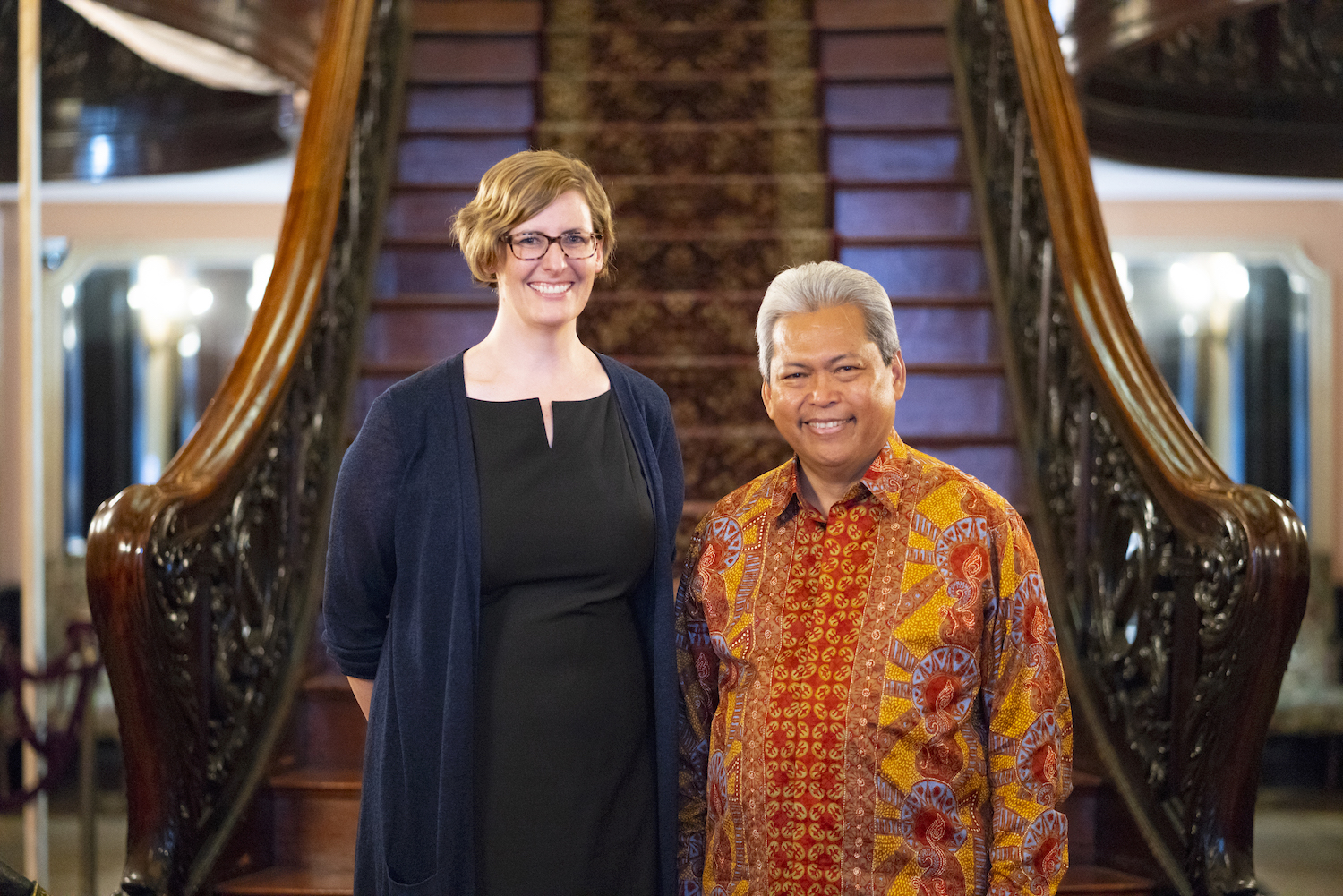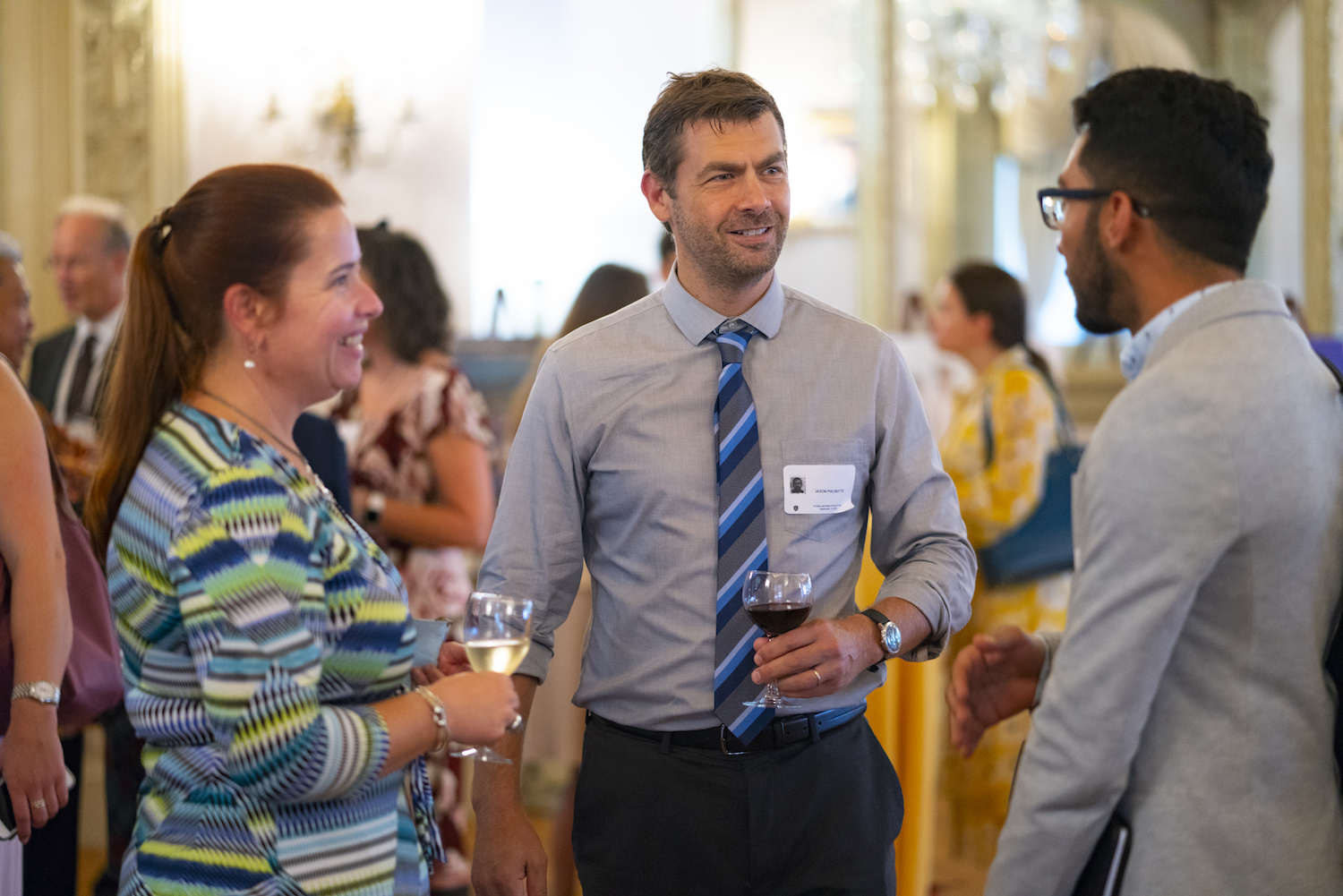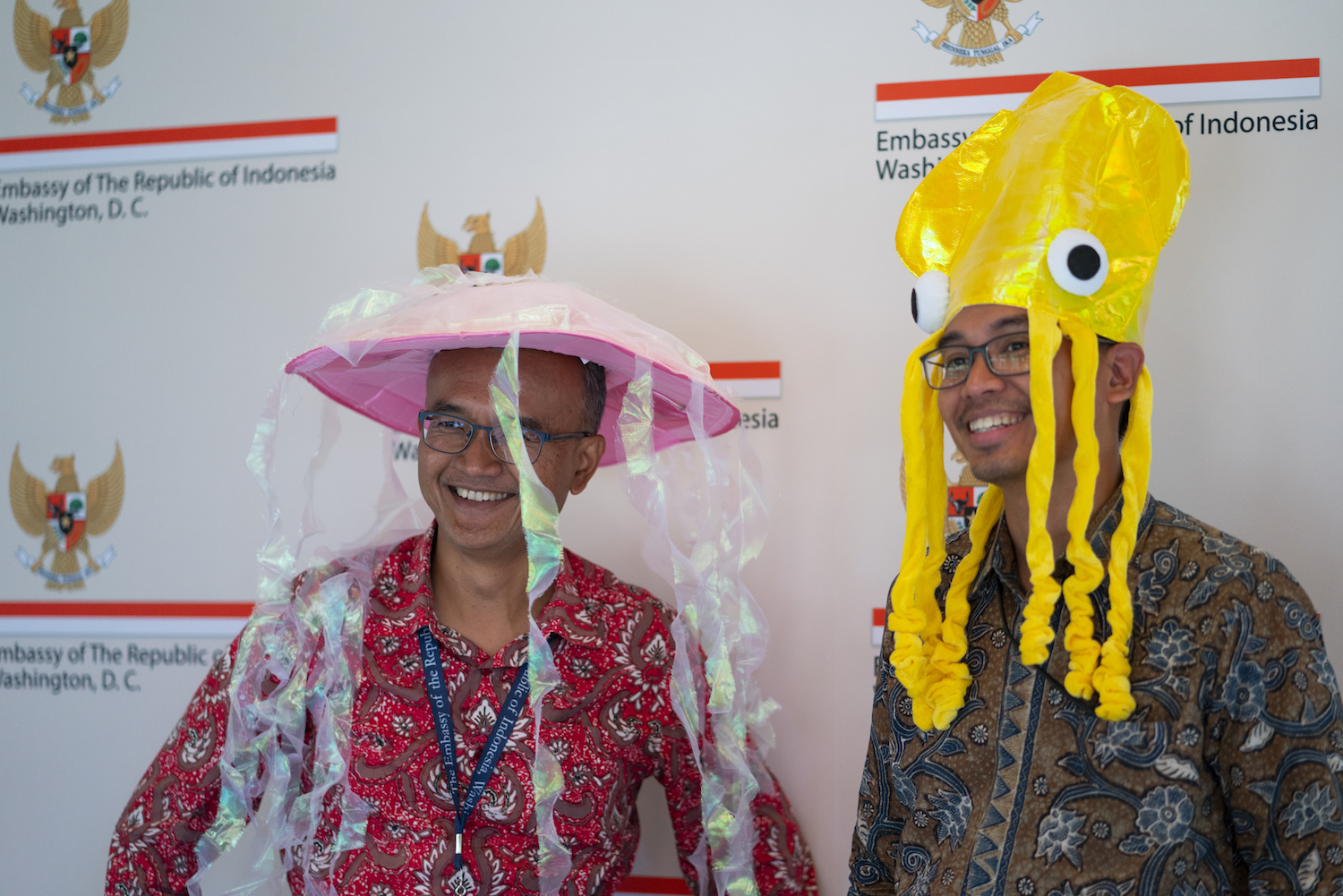How We’re Fighting Ocean Plastic Beyond the International Coastal Cleanup
Published by Ocean Conservancy
Following the D.C. government’s weather advisories ahead of Hurricane Florence earlier this month, Ocean Conservancy postponed our flagship International Coastal Cleanup (ICC) event to October. It’s hard to describe how disappointed we were that we couldn’t suit up in t-shirts and work gloves (or silly ocean costumes for that matter) to clean up the Anacostia River on September 15. The third Saturday in September is practically a holiday here at OC and we had been preparing for months for the big event. But all was not lost, as we did get to suit up—albeit in dresses and blazers—to celebrate the start of ICC season with a beautiful reception at the Embassy of the Republic of Indonesia.


Ocean Conservancy works with cleanup coordinators around the world and with Washington, D.C. as our headquarters, embassies representing the entire ICC family are never more than a 20-minute taxi ride away. But we partnered with the Indonesian Embassy to kick off this year’s ICC season because they hold a special place in the marine debris fight.
In 2015, a seminal Science paper identified Indonesia as one of the top five countries contributing to the ocean plastic crisis. It was a wake-up call for the world’s largest archipelagic state (Indonesia is made up of 17,508 islands), whose economy is deeply dependent on both fishing and tourism. Since then, Indonesia has emerged as a leader in the fight against marine debris, committing to reducing marine waste by 70% by 2025 and pledging to spend up to $1 billion a year on cleaning up its rivers and seas as part of its National Action Plan on Marine Plastic Debris. In October, Indonesia will host the fifth Our Ocean Conference in Bali, where just last year local authorities were forced to declare a “garbage emergency” and shut down beaches. Ocean plastic is slated to be a major point of discussion among conference attendees—which include government, business and NGO leaders from around the globe.


Ocean Conservancy has long believed that the ICC has an important role to play in fighting marine debris. The numbers are still out for this year, but in 2017 alone volunteers collected 20 million pounds of trash from beaches and waterways worldwide, most of it plastic. That’s 20 million fewer pounds of trash that could choke a turtle or entrap a manta ray.
But given the amount of plastic that enters the ocean (eight million metric tons, or 170+ million pounds), and that—according to a recently released report from the World Bank—our trash output is expected to grow by 70% by 2050, even removing 20 million pounds isn’t enough to stop the problem from getting worse. We need to stop ocean plastic at the source and scientists agree that solutions should include investing in waste management in places where it may be lagging, including in Southeast Asia.
I’m proud to say that Ocean Conservancy has partnered with some amazing people to start making that investment possible. Most recently at the G7 Ministerial Summit on Climate Change, Oceans and Clean Energy in Halifax, Canada last week, our partners at Circulate Capital and SecondMuse announced the launch of The Incubator Network, a new initiative to accelerate solutions to ocean plastic waste. We hope to have more news like this to share at the Our Ocean conference in Bali next month.


Whether it’s gloves or a lab coat or, as in my case, a dress or blazer, there’s more than one way to #suituptocleanup.
Sign up for our emails!
The post How We’re Fighting Ocean Plastic Beyond the International Coastal Cleanup appeared first on Ocean Conservancy.
Read the full article at: https://oceanconservancy.org/blog/2018/09/26/fighting-ocean-plastic-beyond-international-coastal-cleanup/


